Mashi Maali parade skewers government failures and u-turns with street satire
The annual Eid event took aim at everything from medicine shortages to fake princes.
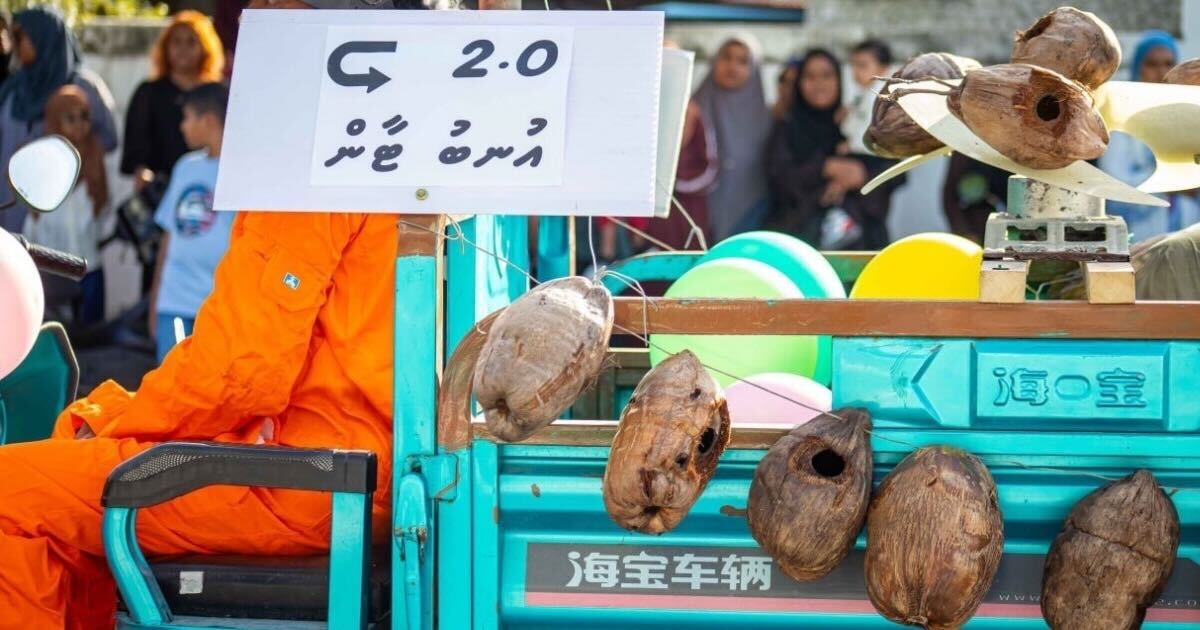
Photo: Abdul Wahid Hassan
07 Jun 2025, 10:33 PM
The annual Mashi Maali parade returned to Kulhudhuffushi City today, taking aim at failed government policies through its signature mix of street satire and theatrical flair.
Persistent medicine shortages, policy U-turns, and soaring electricity bills all became targets as hundreds of masked performers rolled through the northern island's main road.
The post-Eid al-Adha tradition has grown into a national spectacle, with floats offering biting political commentary on broken promises and bureaucratic blunders, transforming street theatre into protest carnival.

Floats styled as mock pharmacies highlighted the unavailability of medicine.
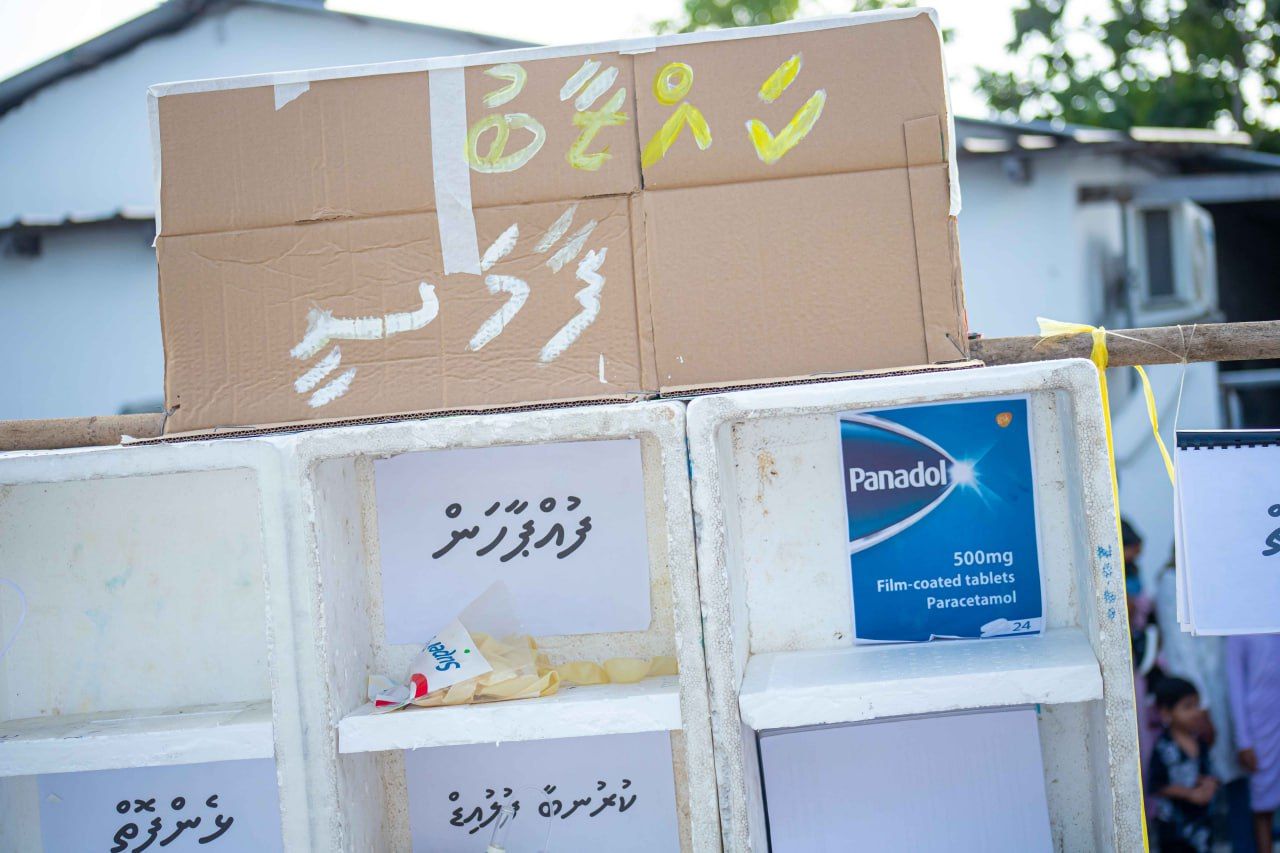
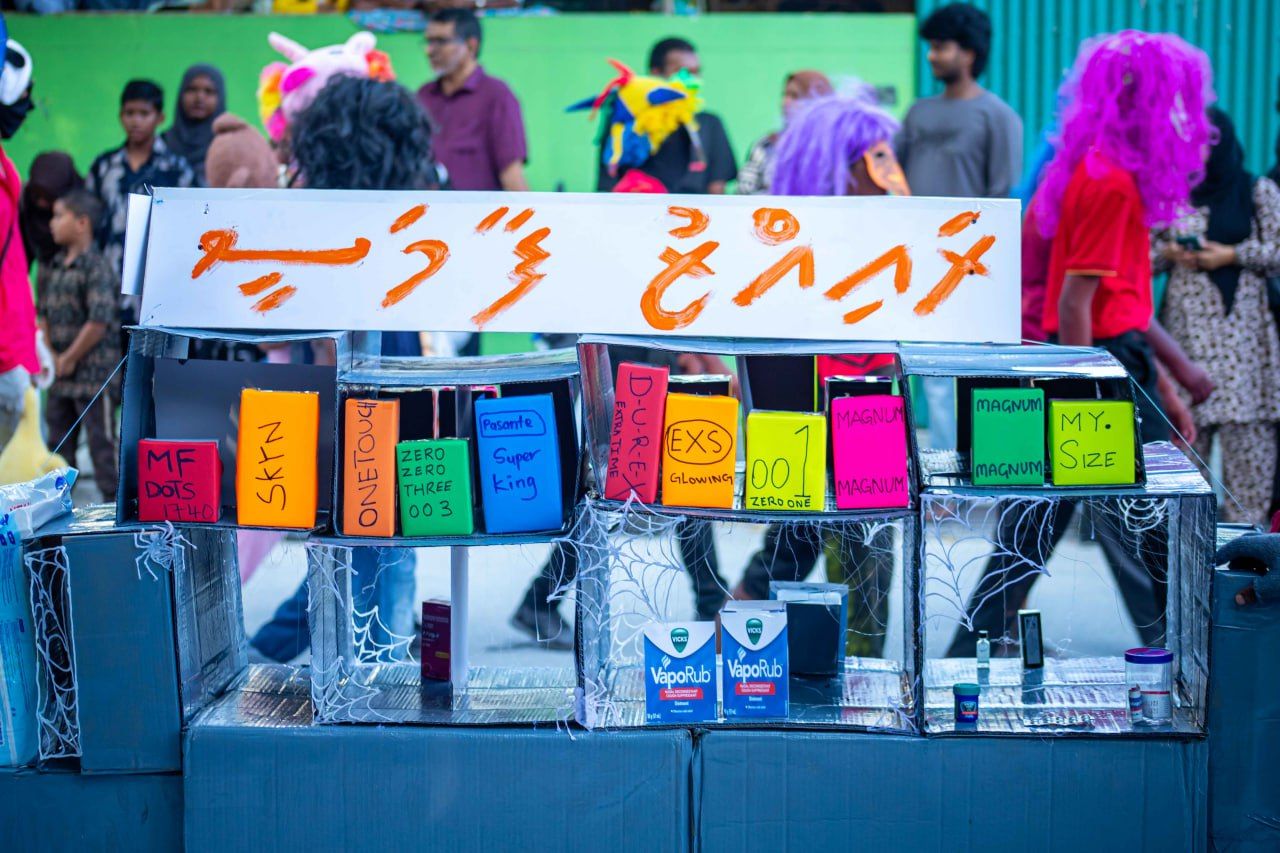
The underwhelming delivery of offshore bunkering services drew criticism. The project had been moved further north after initial plans to utilise the Kulhudhuffushi regional port were scrapped.
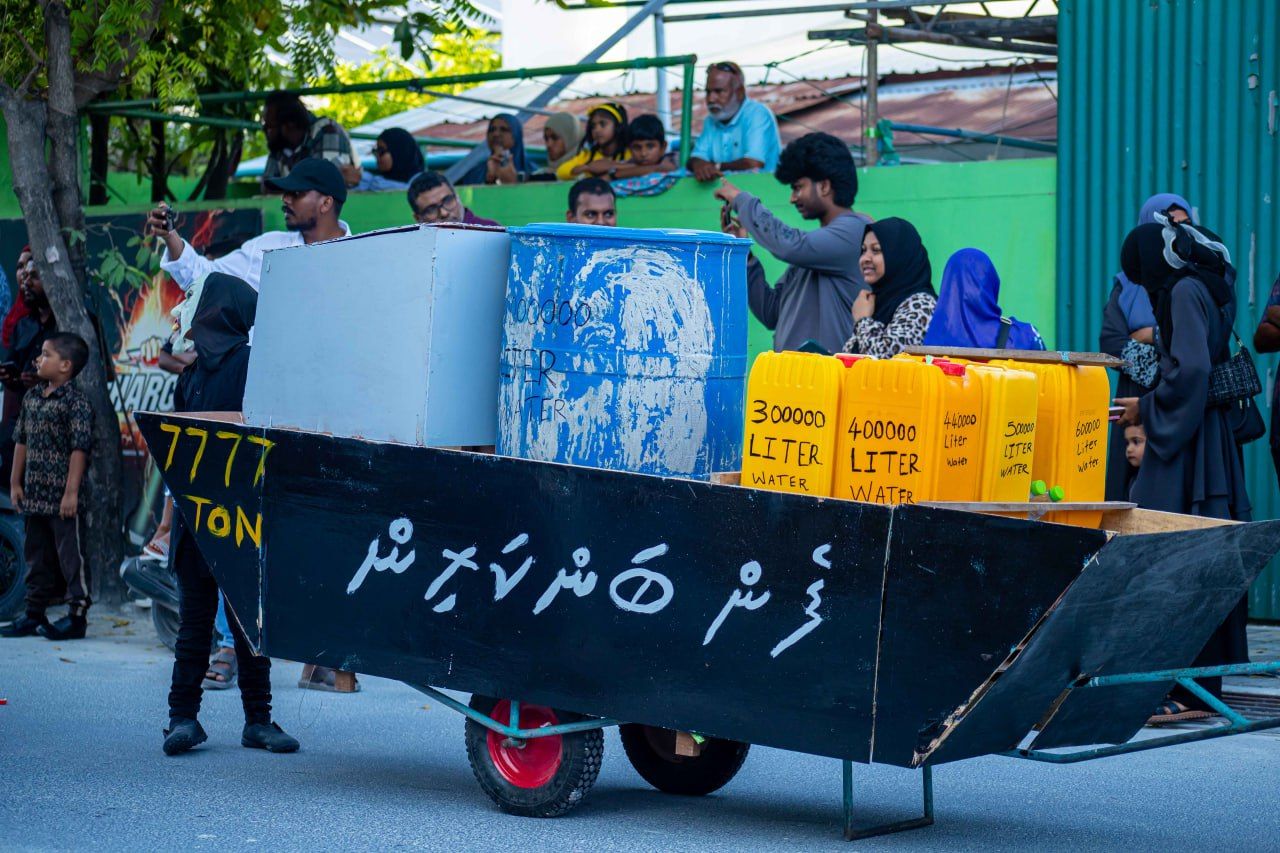
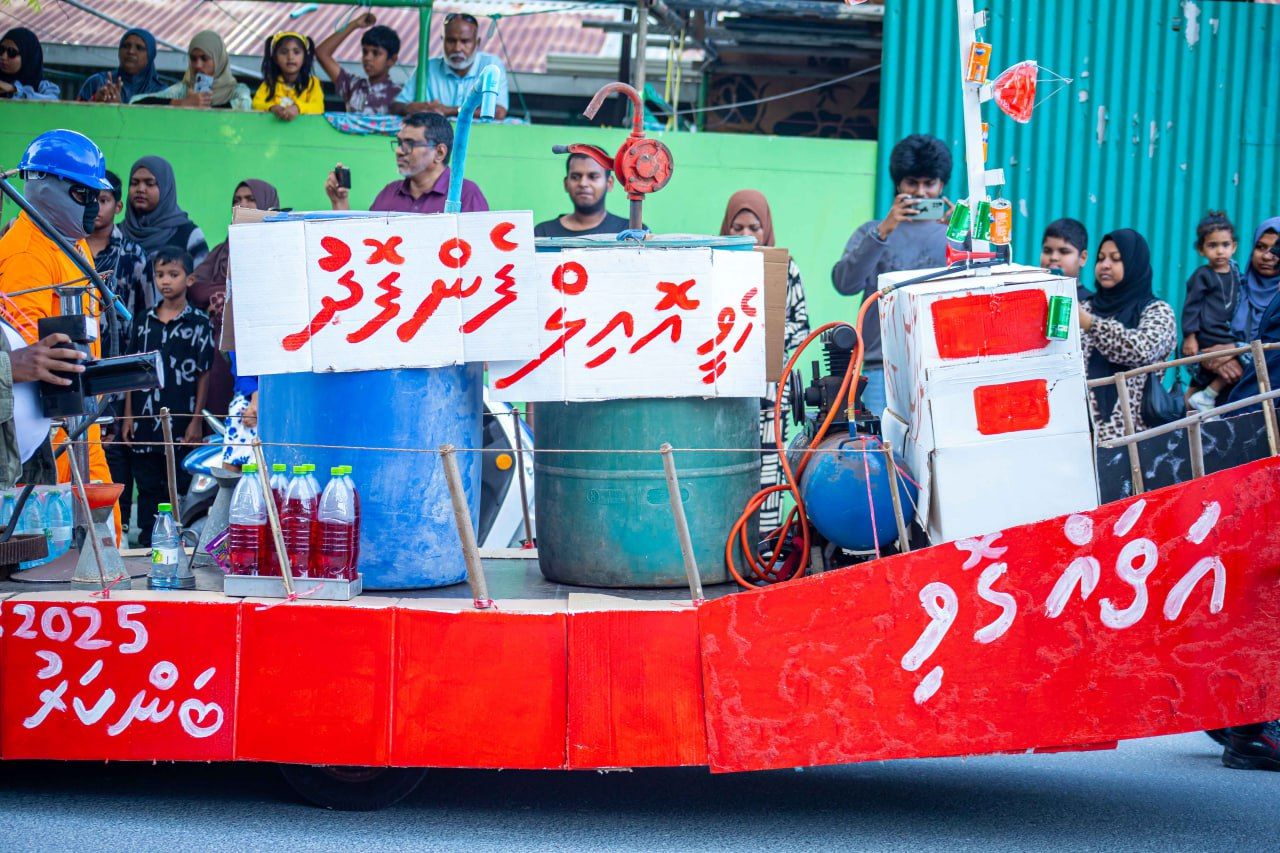
The hollow coconut (unbu) was a recurring motif. Visual puns on the Dhivehi idiom about reversals (unbah jehuh) made a cheeky nod to the many policy U-turns under President Dr Mohamed Muizzu’s administration.
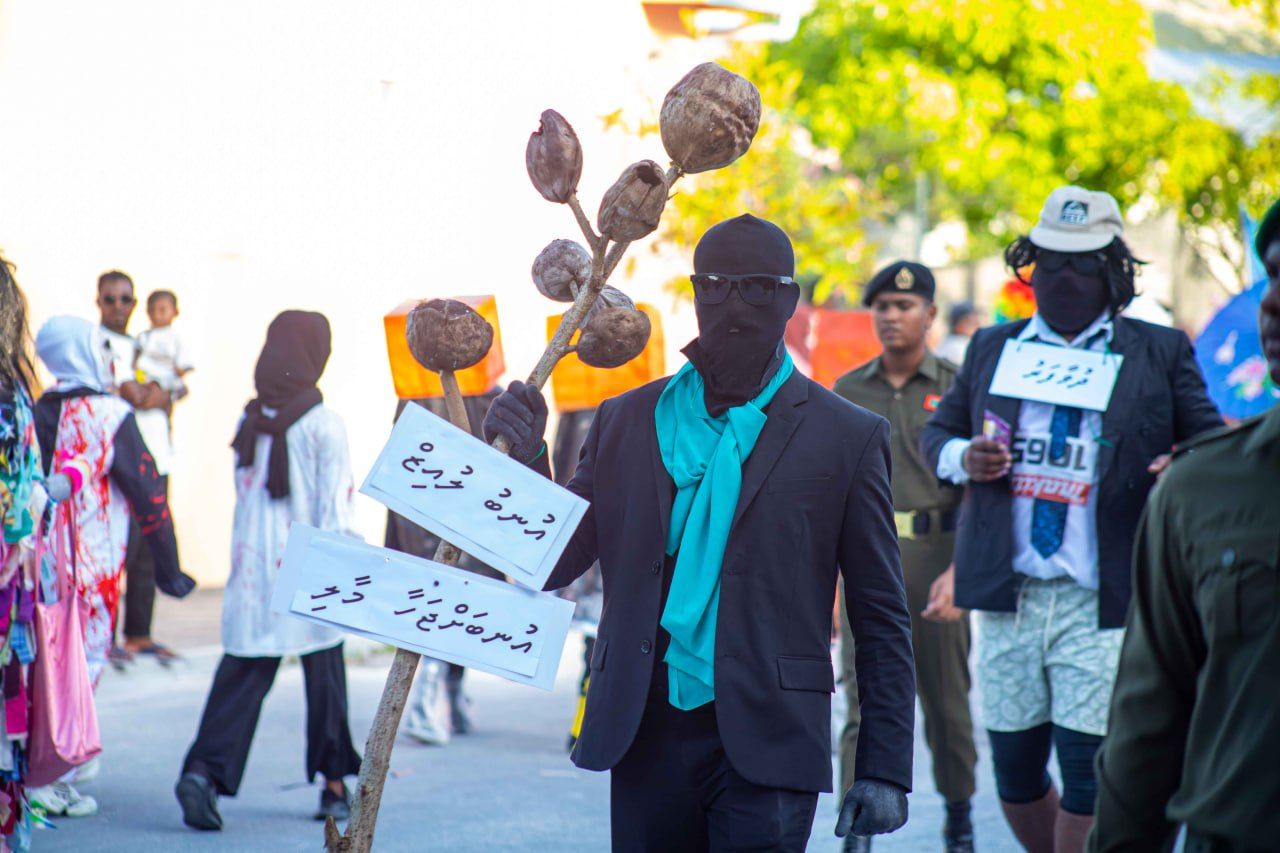

Some floats took jabs at the vaping ban and the government's taxi service.
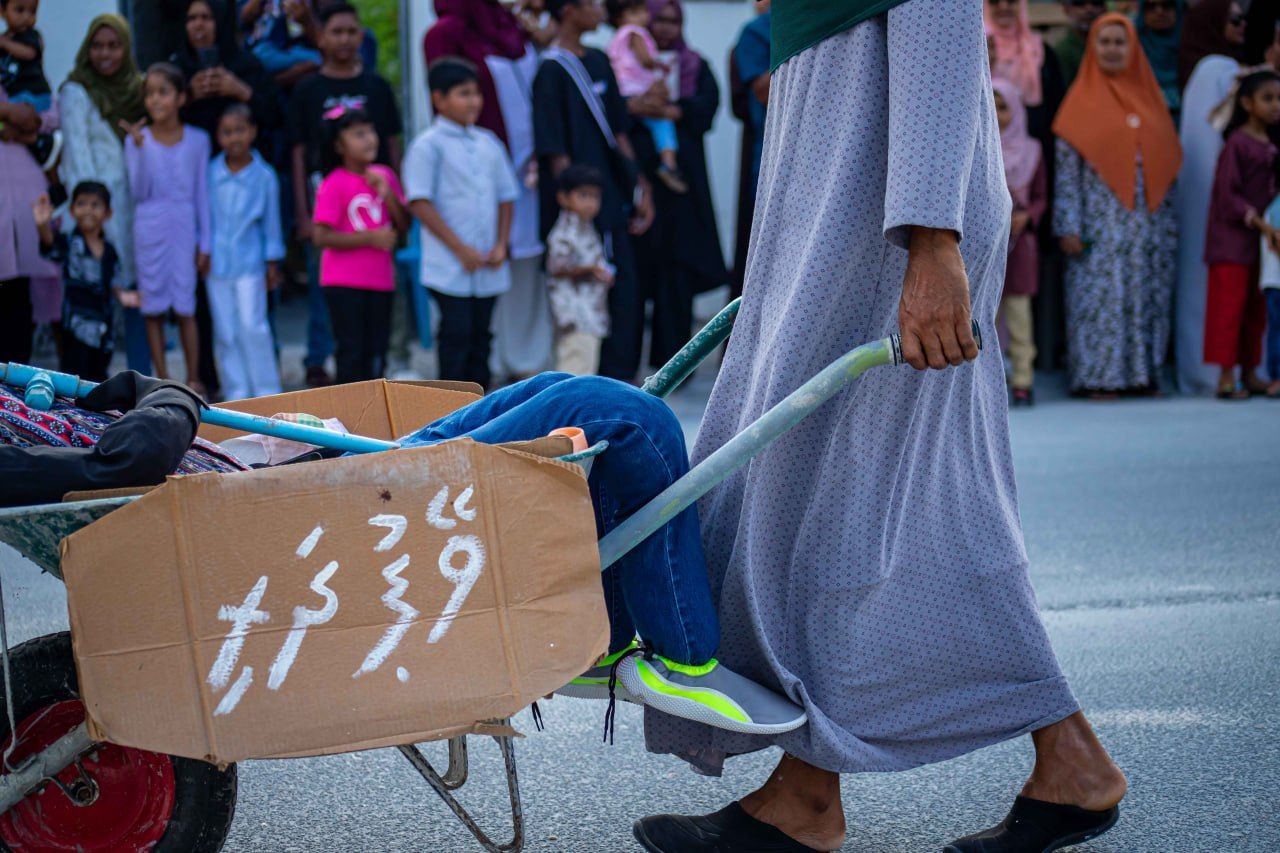
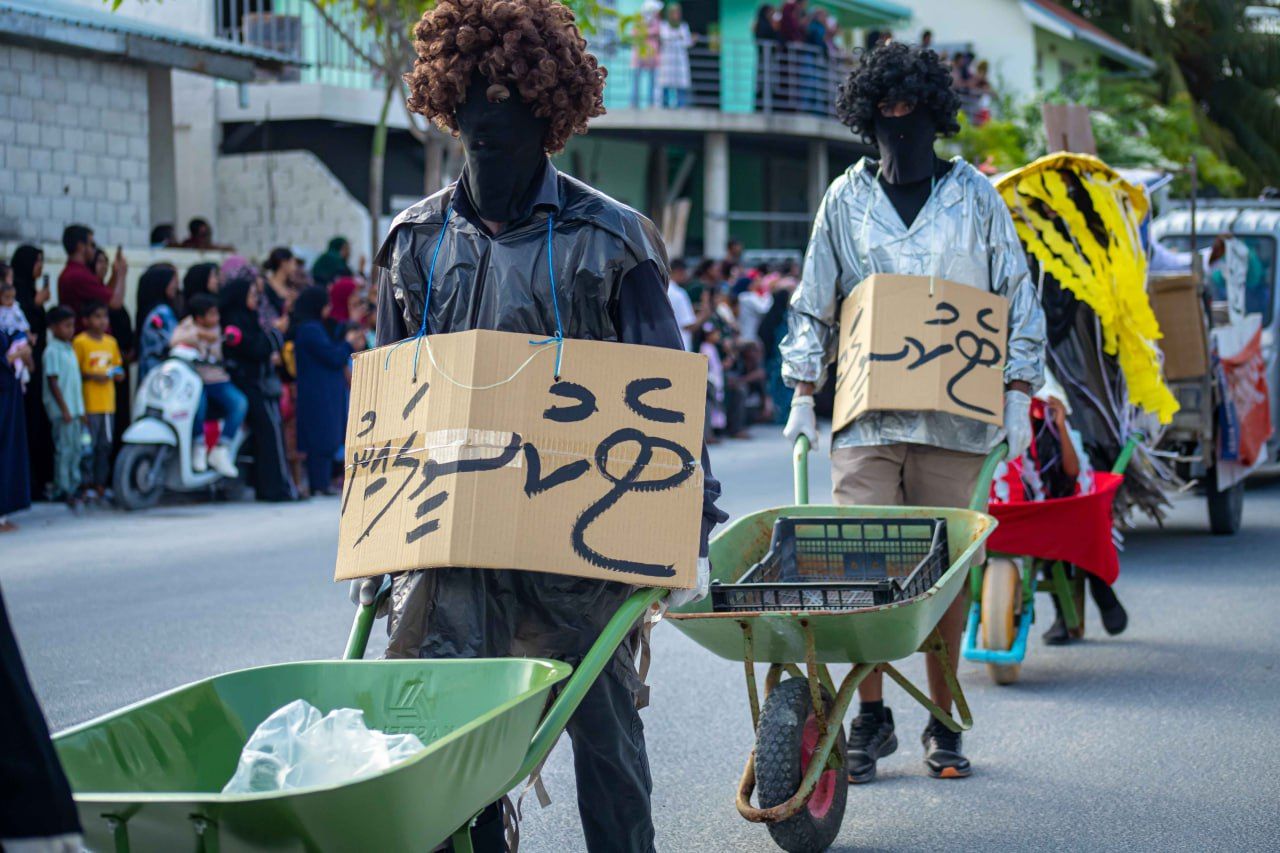
Several floats ridiculed President Muizzu’s meeting with a fake Saudi “prince”.
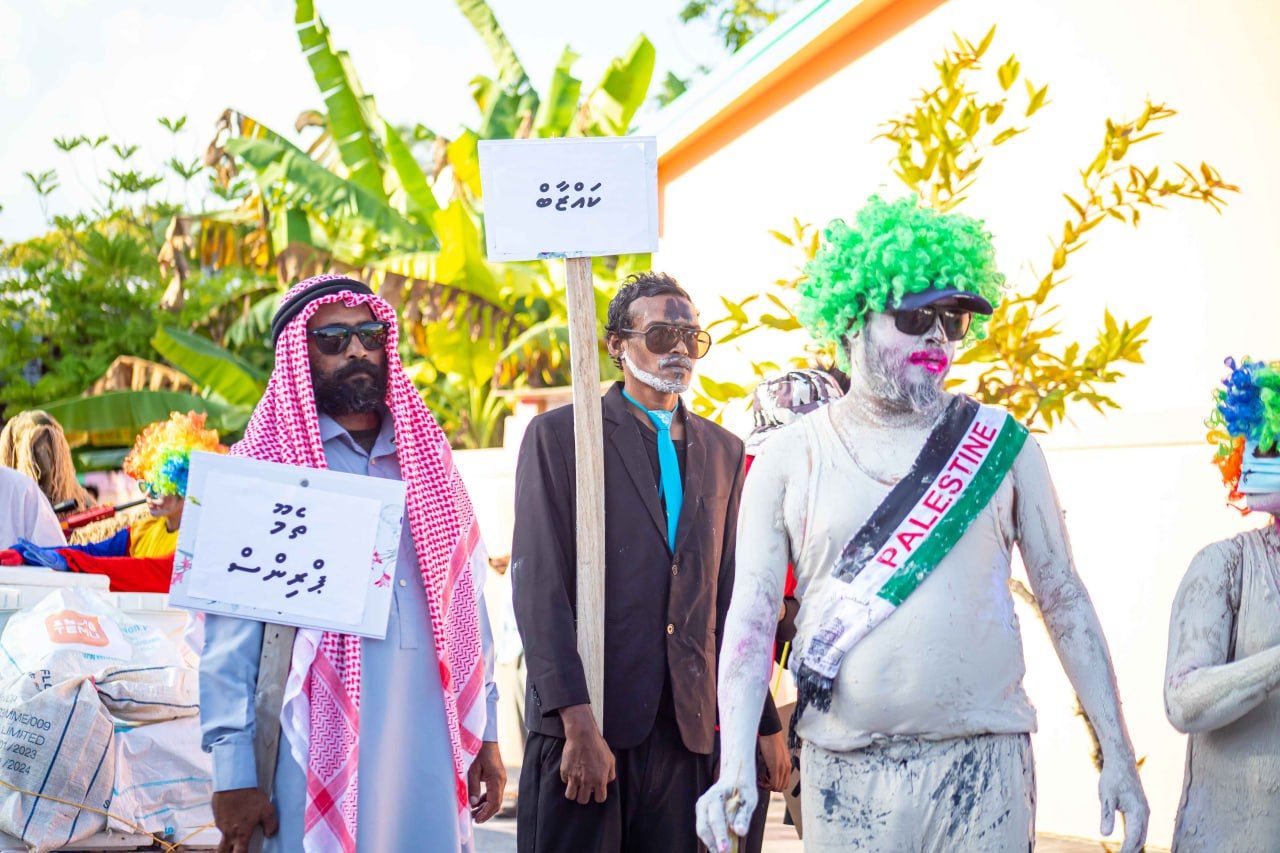
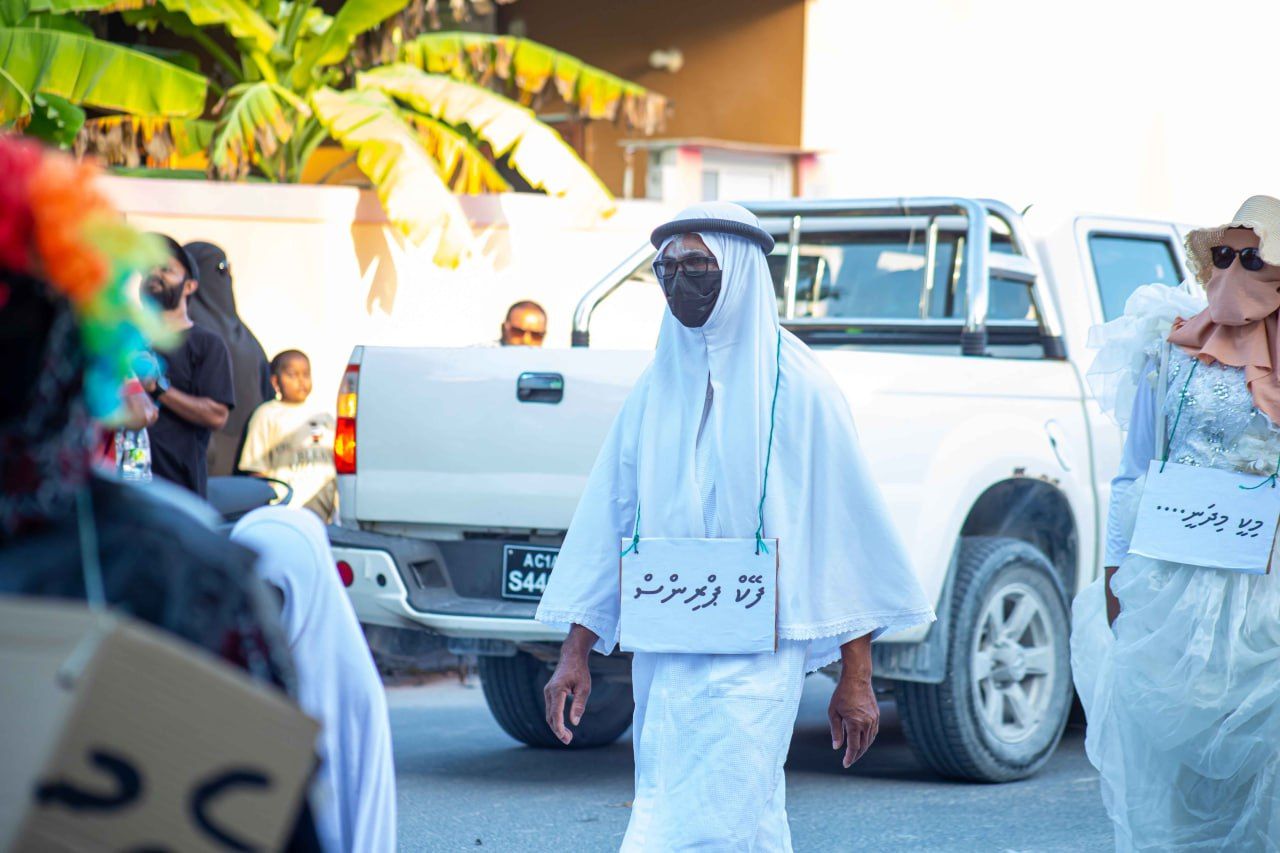
Others focused on issues closer to the home. The city council faced ire over delays in reopening a play school for toddlers. The Bank of Maldives came under fire for removing one of two ATMs without securing an alternative location.
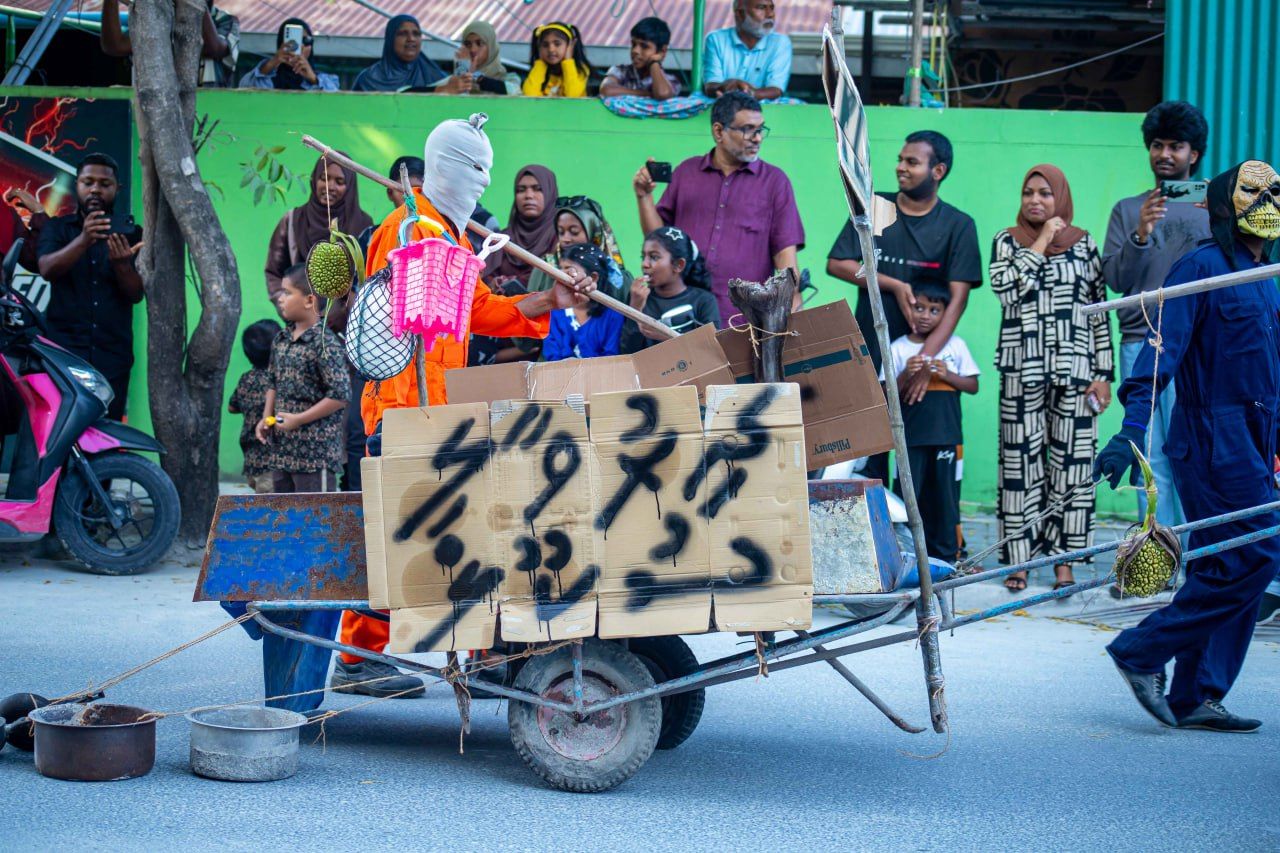
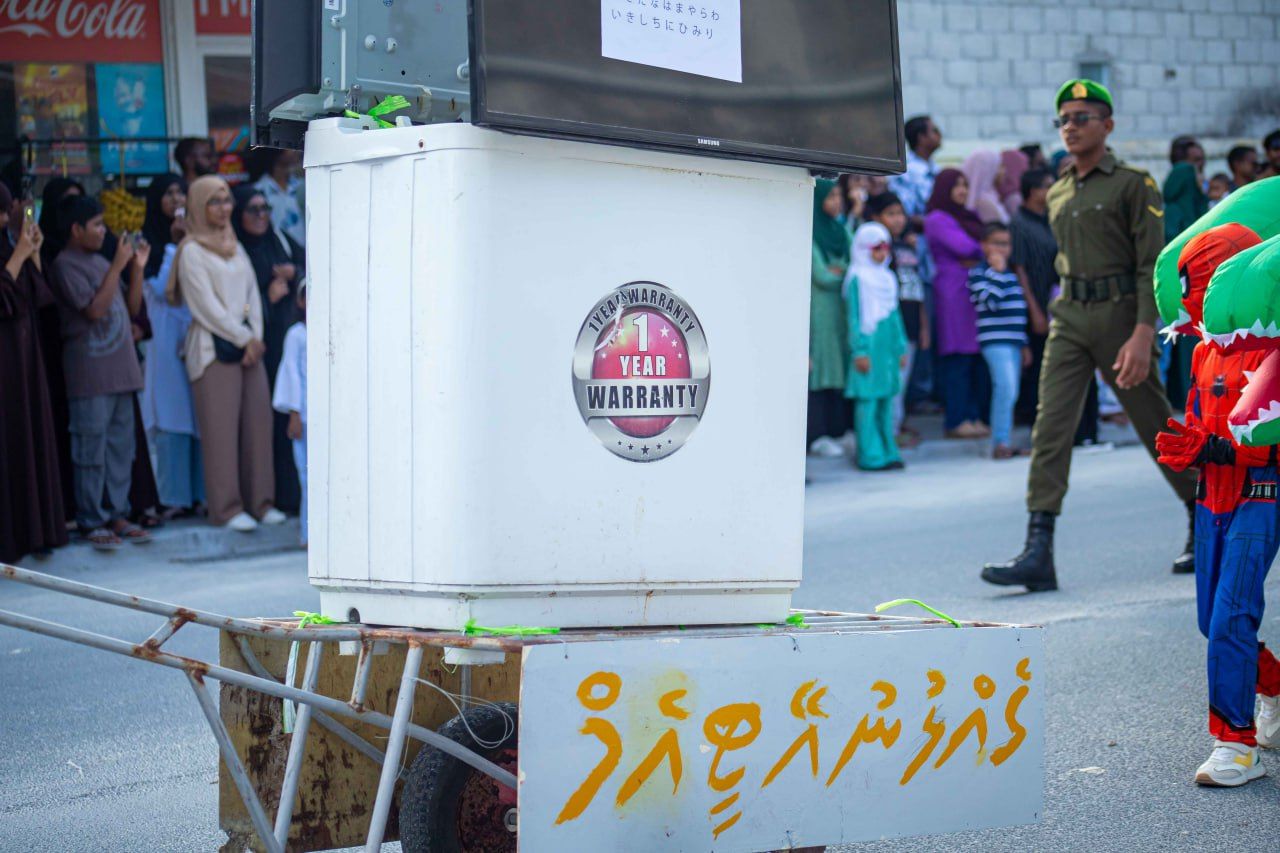
A float alluded to the president's promise of 2,000 housing units for Kulhudhuffushi that has yet to materialise.
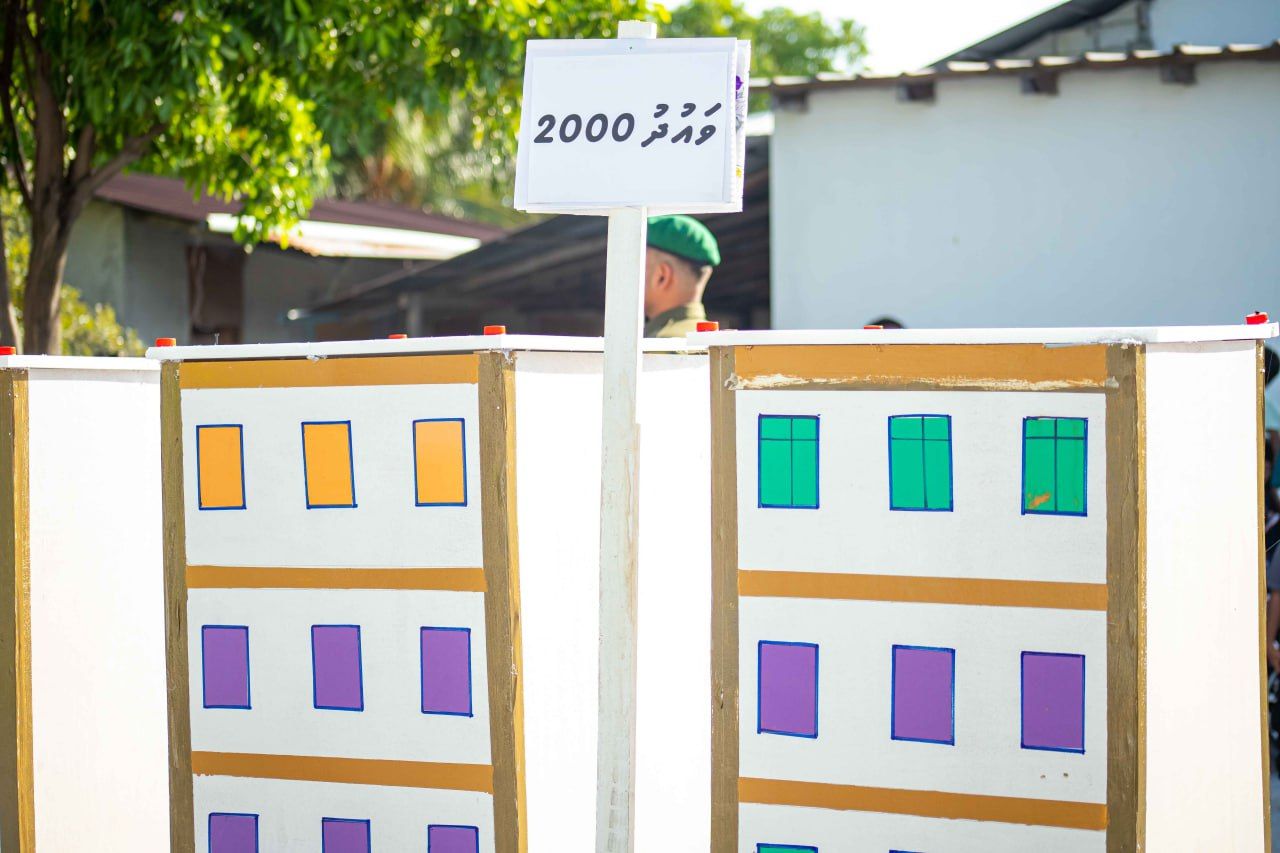
The parade reflected growing local frustration with the island’s two members of parliament, both of whom were subject to scathing critique.
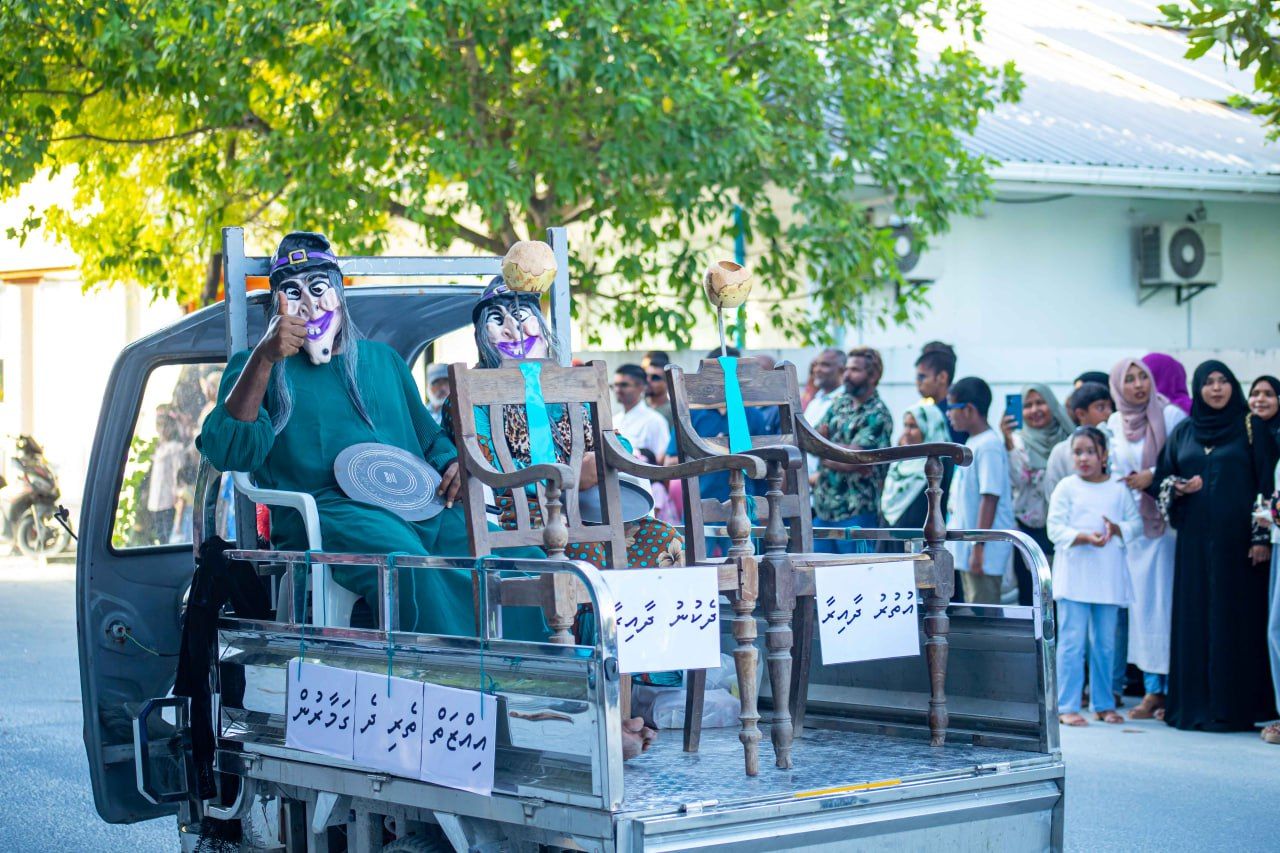

Beyond the politics, the parade stayed true to its roots, featuring traditional maali as monsters and demons, including several performers coated in white clay (mashi) sourced from the island’s mangroves. Hundreds gathered to watch. The participants included children as young as five and senior citizens above 90 years of age. Despite the destruction of a large portion of the mangrove for airport development, the haunting charm of the Mashi Maali lives on.
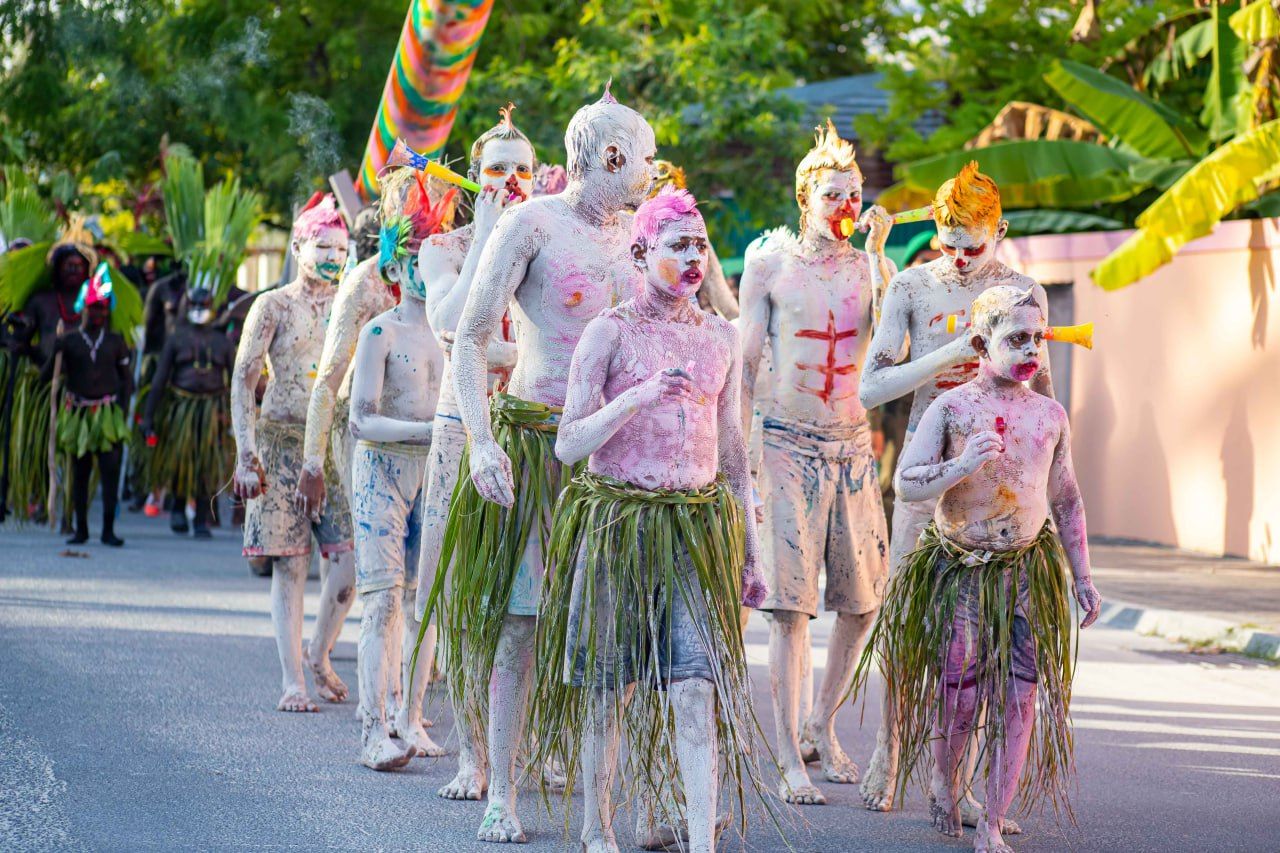

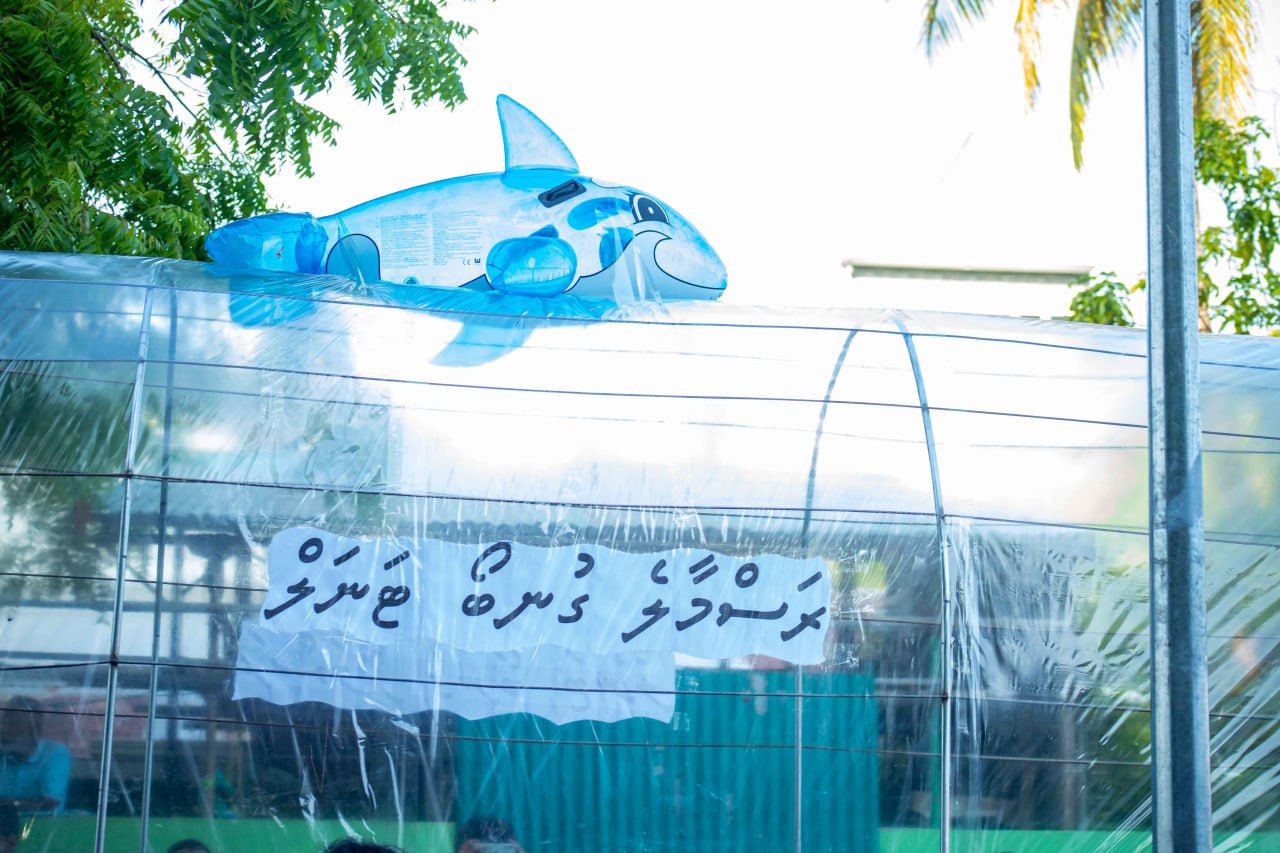
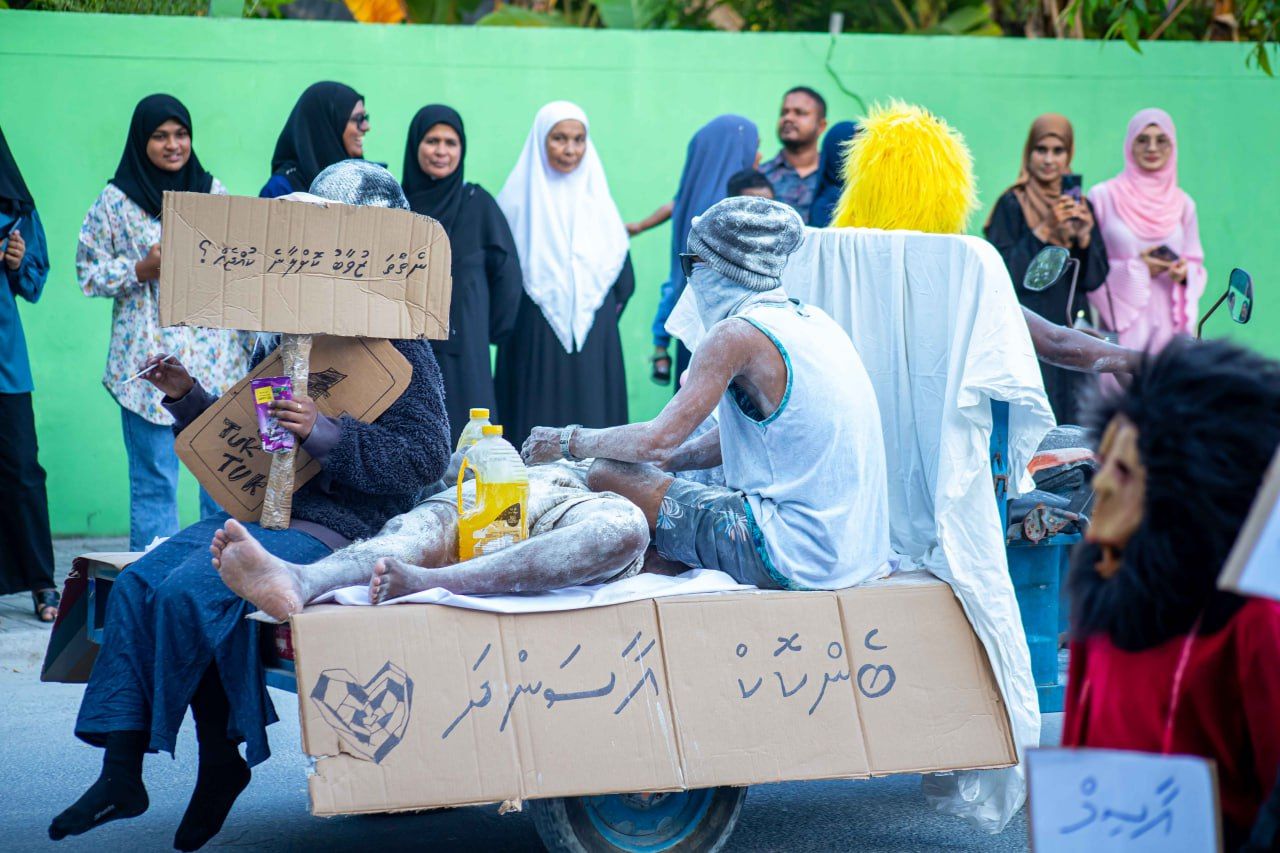
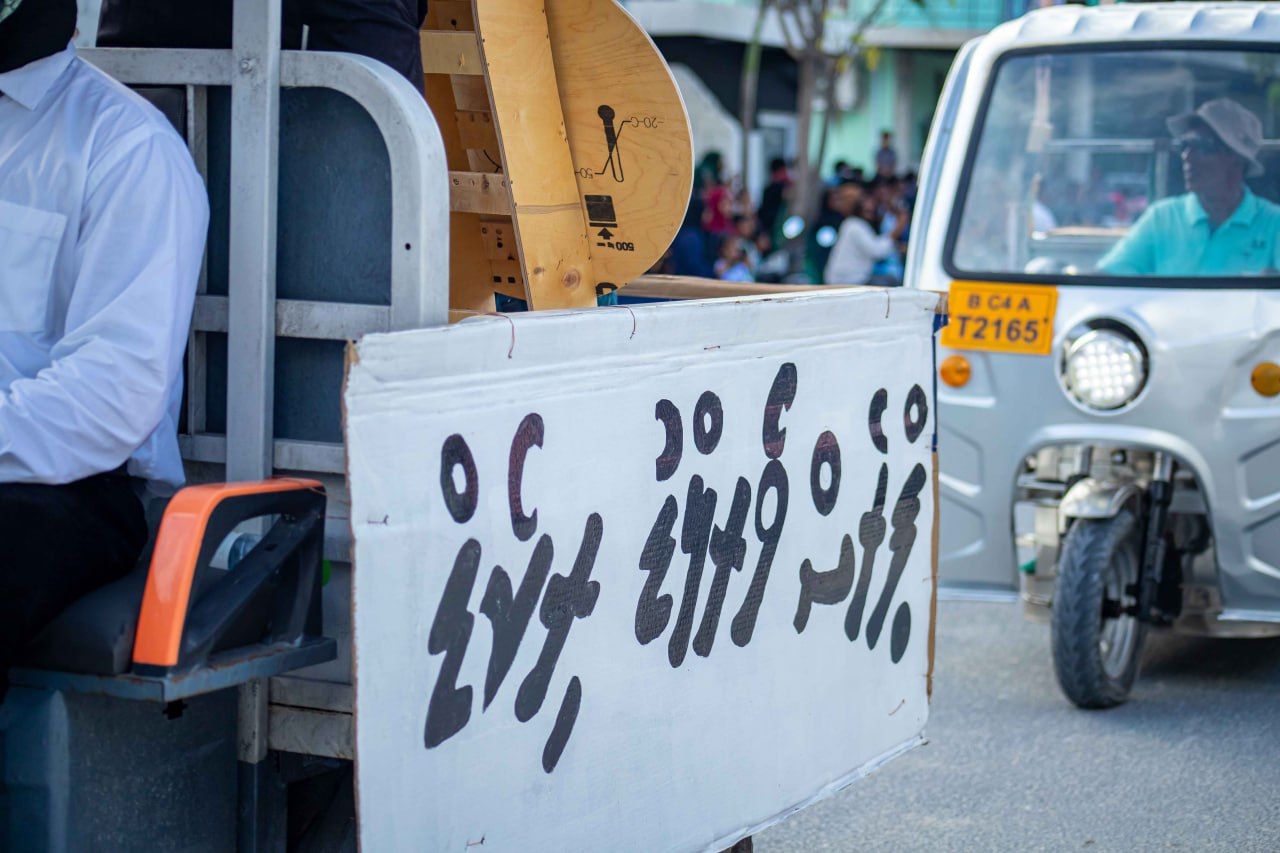
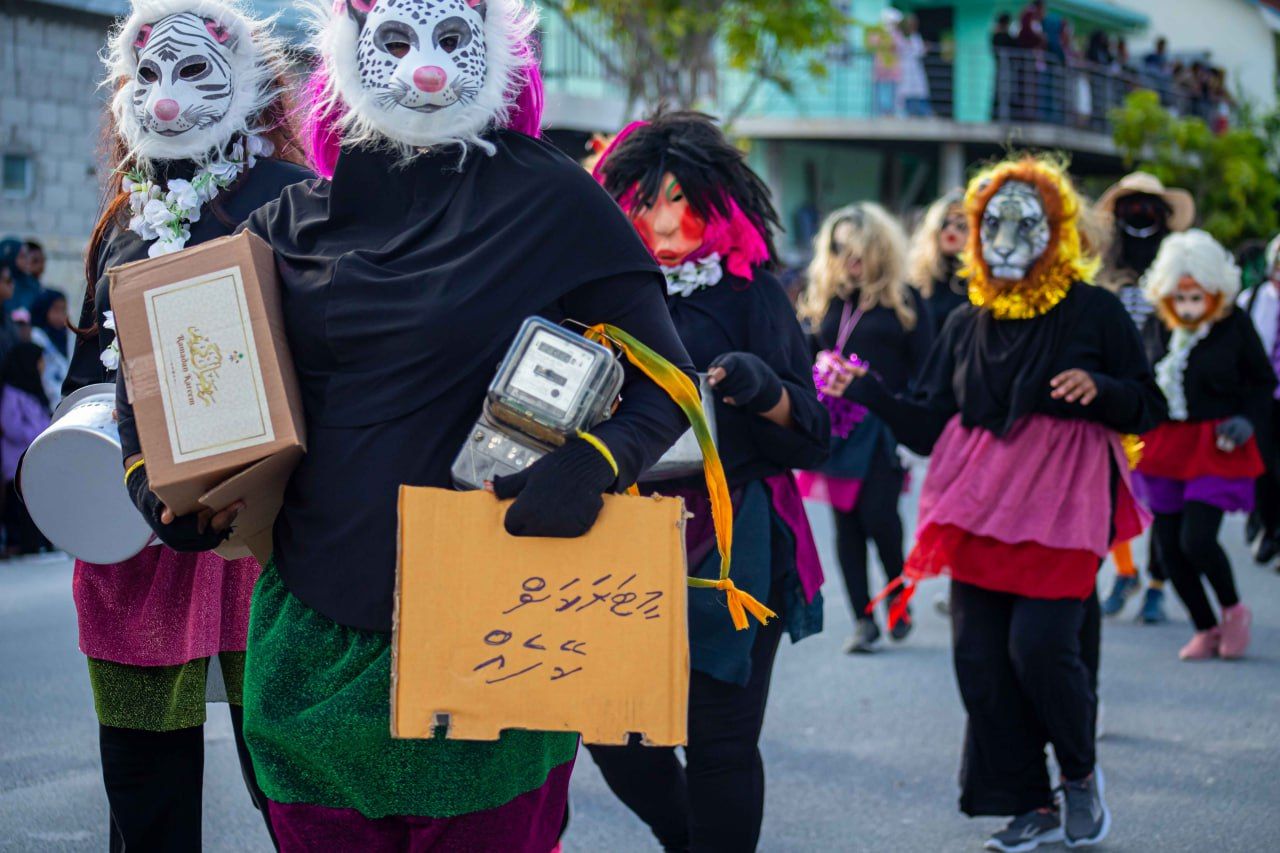
All photos by Abdul Wahid Hassan.
Discussion
No comments yet. Be the first to share your thoughts!
No comments yet. Be the first to join the conversation!
Join the Conversation
Sign in to share your thoughts under an alias and take part in the discussion. Independent journalism thrives on open, respectful debate — your voice matters.




